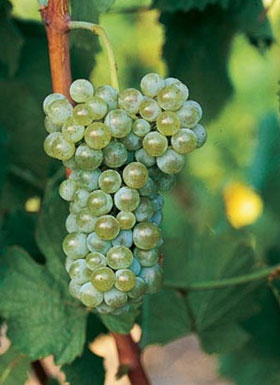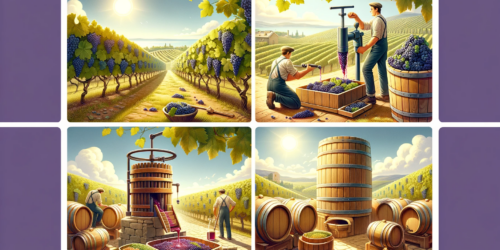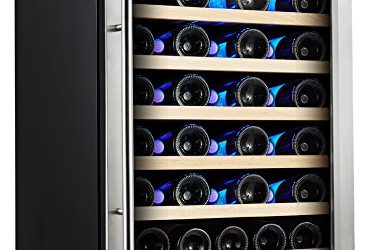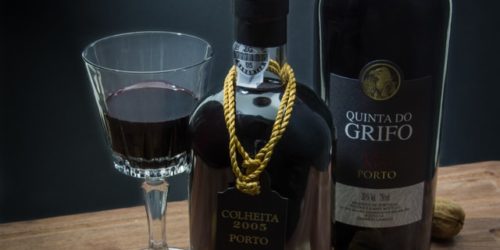Unsung heroes 2 – the white grapes
Unsung heroes 2 – the white grapes
Recently we looked at some of the lesser-known red grapes that are worth looking out for. Today I want to tell you about some of my favourite white grapes, but first let’s take a look at how some of the more popular grapes have earned their status…
Chardonnay has been historically popular, but fell out of favour in the last 20 years due to an influx of poor quality cheap versions largely from the New World. Sauvignon Blanc found a place in drinkers’ affections who were disillusioned with Chardonnay. Riesling has always been popular with those ‘in the know’ and campaigners like Jancis Robinson have helped to bring this wonderful, versatile grape to our attention. Pinot Grigio has become oddly popular at the lower end of the market with somewhat bland wines that in no way represent what the grape is capable of. But if this was all that was on offer, white wines wouldn’t be that exciting, would they? So let’s have a look at some of the less prolific grapes that you ought to get tasting…
Albariño The best white grape from Spain is also one of the grapes used to make Portugal’s Vinho Verde. It has a delicate peachy flavour, high acidity, and it makes the best wines to accompany shellfish that I have ever encountered. Try Rias Baixas for the best Spanish whites. Now when you hear ‘Vinho Verde’ you probably think of a 1980’s specials board that features prawn cocktail, quiche Lorraine, and baked Alaska… But Vinho Verde has come a long way since then. Look for the pricier examples that actually identify the grape on the label, with the Portuguese spelling Alvarinho.
Chenin Blanc When we think of Chenin Blanc, we probably think of low-budget South African wines – the kind of wines someone brings to your dinner party, shoves in your wine rack, glugs all your White Burgundy, and then just leaves behind. You’ve probably thrown more than a bottle or two into a risotto just to get rid of it. Mind you, there are some cracking versions from South Africa if you are willing to stretch to £8 or more, but the best examples come from Chenin’s home, France’s Loire valley. And you might not even know about them. The great wines of Vouvray (another 80s classic), Savennières, Coteaux du Layon, and Bonnezeaux, to name a few. You would never guess from drinking the cheap South African wines what Chenin is capable of – immensely complex wines ranging from bone dry to super-sweet dessert wines.
Sémillon We don’t often see Semillon bottled as a single varietal; it is used together with Sauvignon to make dry white Bordeaux as well as the sweet whites of Sauternes and Barsac but it is often the Sauvignon that dominates the blend in the dry wines. The Australian winemakers were the first to make us aware of the grape’s potential as a dry wine. The best examples come from Hunter Valley – they are always unoaked and have a lovely herbaceous honeyed flavour.
Viognier Attempts to make Viognier the new Sauvignon Blanc have mostly fallen flat recently – I think it is largely because people are nervous of trying to pronounce it. The most famous expressions of Vee-ohn-ee-ay come from the heart of the Rhone Valley where the tiny Condrieu appellation and even tinier Chateau de Grillet use the grape to make luscious, decadent whites, full of the grape’s characteristic apricot, blossom and honeysuckle flavour. After almost becoming extinct, it is nice to see how new world producers have embraced this grape, with fine examples from California, South Africa and Australia.
I’ve found that I drink a lot more white wine than I used to since they seem to naturally match a lot of the meals that I like. And you know what, it would be really easy to go on all day about these less prolific white grapes. But if you want to hear about the virtues of Cortese and Vermentino and Vernacchia you will have to wait until another day… or even better, just start trying them for yourself.






